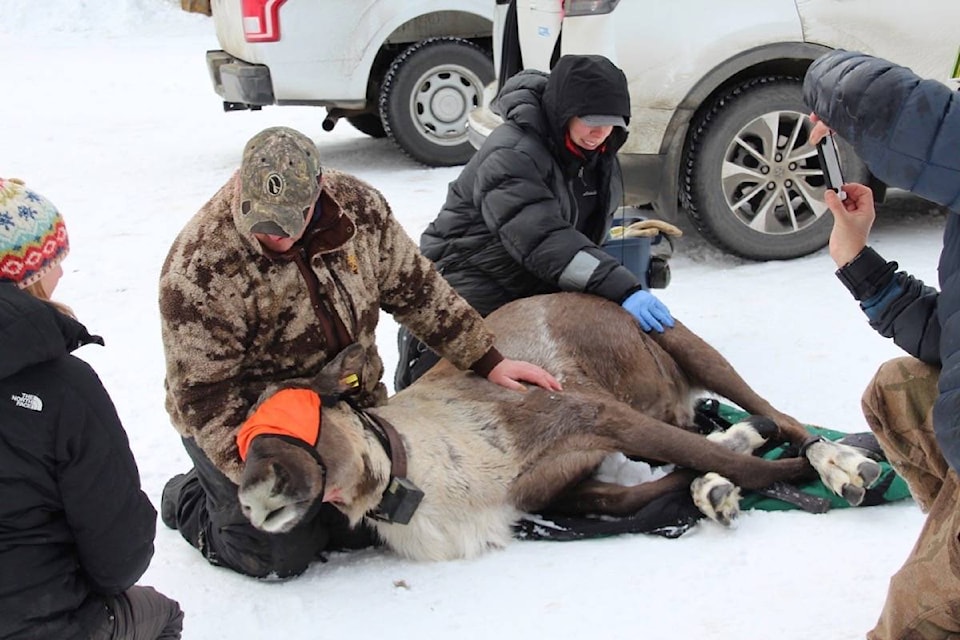The B.C. government is carrying on its 91������Ƶ�wolf cull91������Ƶ� for a fifth year, along with a hunter harvest of cow and calf moose to further reduce wolf populations in areas where caribou herds are beginning to recover from a long decline.
The B.C. wolf kill program has been credited for rebounds in shrinking mountain and boreal caribou populations, where some Kootenay herds have disappeared and the largest herds in the Peace region have started to recover after dwindling to a few hundred animals. And the latest protests have not been over shooting wolves from helicopters, but on the NDP government91������Ƶ�s approval of game tags for up to 400 antlerless moose for the fall season in addition to bulls.
54 identified caribou herds in B.C. are intensively studied, with population falling even in parks and protected areas
91������Ƶ� Tom Fletcher (@tomfletcherbc)
The province has budgeted $1.2 million for caribou protection measures in the current fiscal year, Forests Minister Doug Donaldson said in debate on his ministry budget last week, and $500,000 of that is to pay for a fifth winter of wolf removal to protect caribou calves. For the Peace region herds, he said the efforts are paying off.
91������Ƶ�The overall population in the central group right now is estimated at a little less than 300,91������Ƶ� Donaldson said. 91������Ƶ�The historic levels were in the range of 2,000 animals. That would take a long time, to get to those numbers. Of course, the herd could become self-sustaining and also be able to provide Indigenous harvesting rights opportunities before that historic number is reached.91������Ƶ�
Restoring the Peace herds is the aim of a sweeping land use agreement with the West Moberly and Saulteaux First Nations that was signed in January 2020. It adds two million acres to protected areas on northern B.C., developed amid protests that the forest industry and local governments were shut out as the federal government led talks.
RELATED:
RELATED:
The B.C. government backed off from extending protected areas at the expense of logging and mining in the Cariboo and Kootenay regions, after Donaldson declared that predator control and maternity pens for caribou were turning around the decline.
The Peace region agreement focused on the central caribou group, including the Klinse-Za herd northwest of Chetwynd that was reduced to 16 animals by 2013. With pens to protect newborns, habitat restoration and wolf removal, the Klinse-Za population had recovered to 80 southern mountain caribou by 2020.
Declining moose populations in some regions have sparked protests about the province91������Ƶ�s antlerless moose hunt, part of an effort to reduce wolf packs. Long-time hunter activist has worked with numerous Indigenous communities who are concerned about moose populations affected by forest fires and hunting, petitioning the province to protect cow and calf moose.
The dynamics of big game in B.C. have been changing. The NDP government barred grizzly hunting for non-Indigenous people and resident hunting has shown signs of decline. Deer wander in rural yards and gardens as in urban neighbourhoods, and Peace River South MLA Mike Bernier has questioned Donaldson about farmers coping with a surge in elk damaging their crops.
tfletcher@blackpress.ca
Like us on and follow us on .



